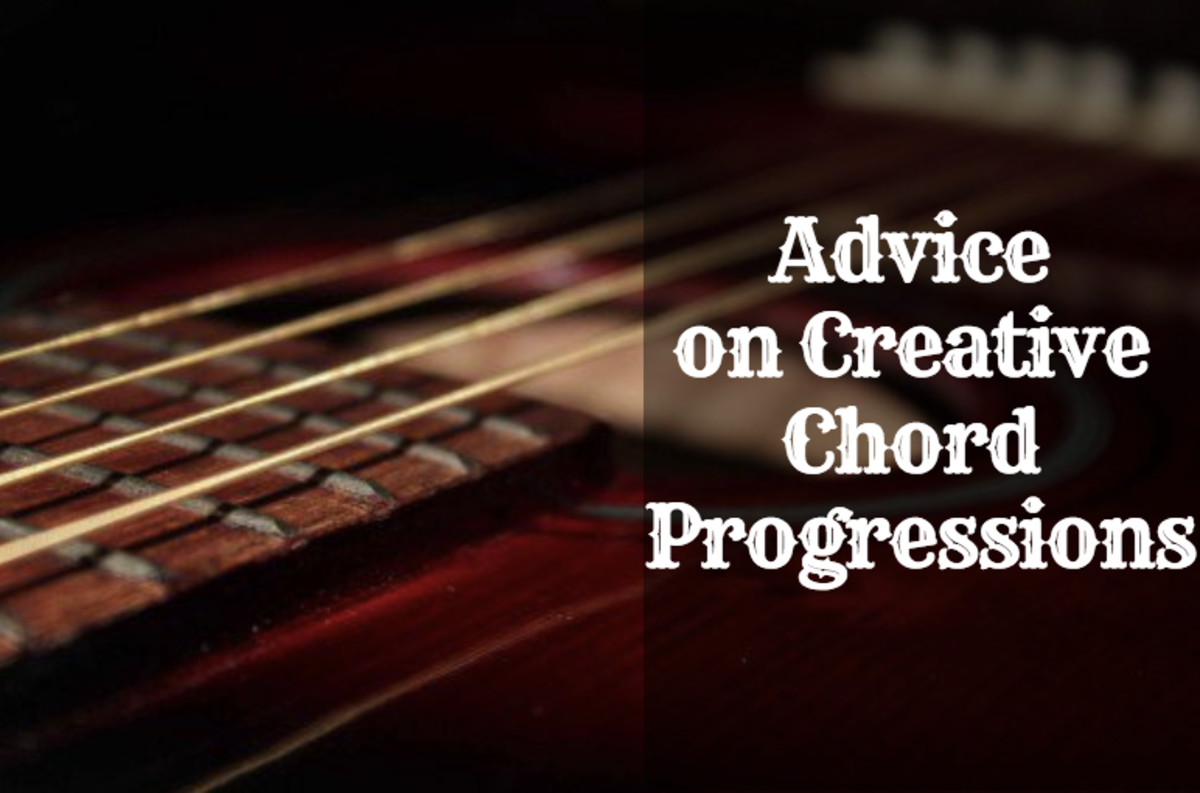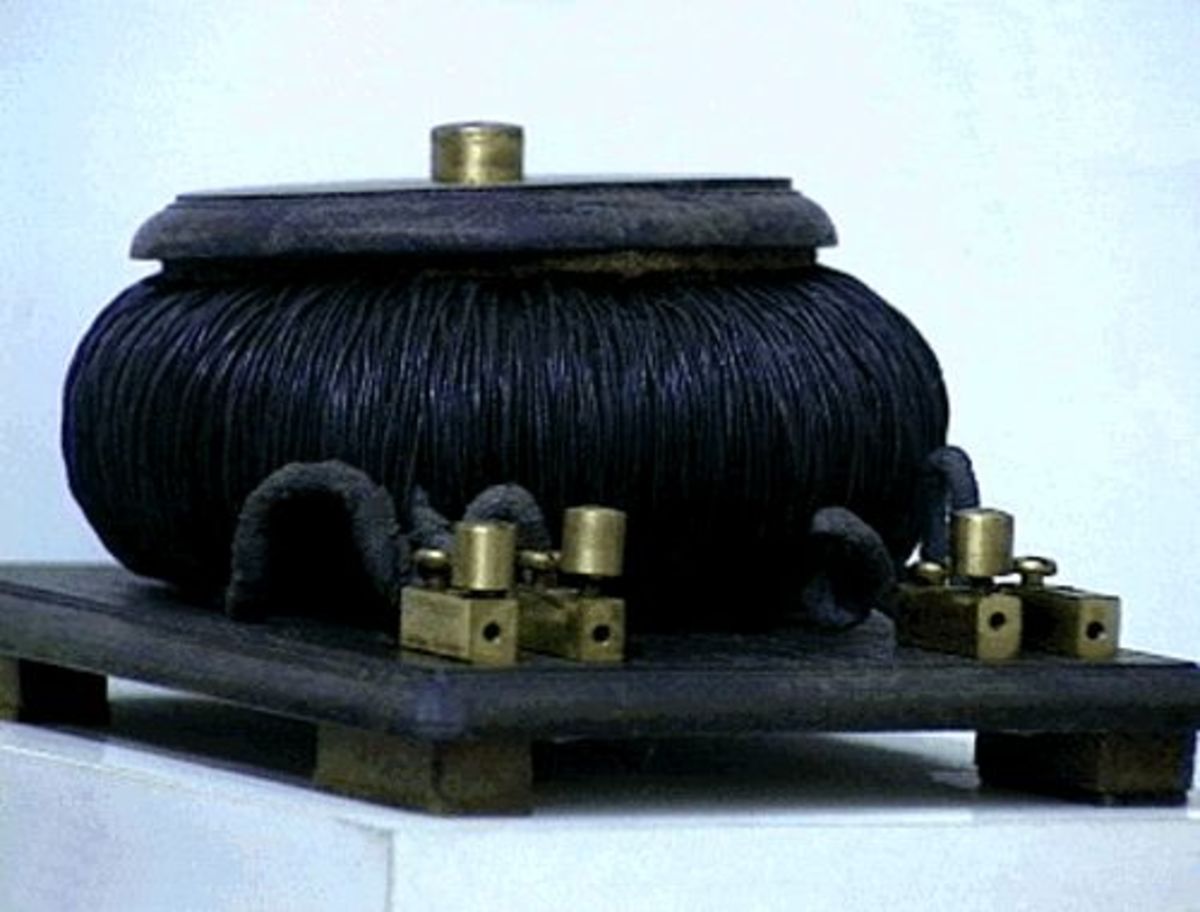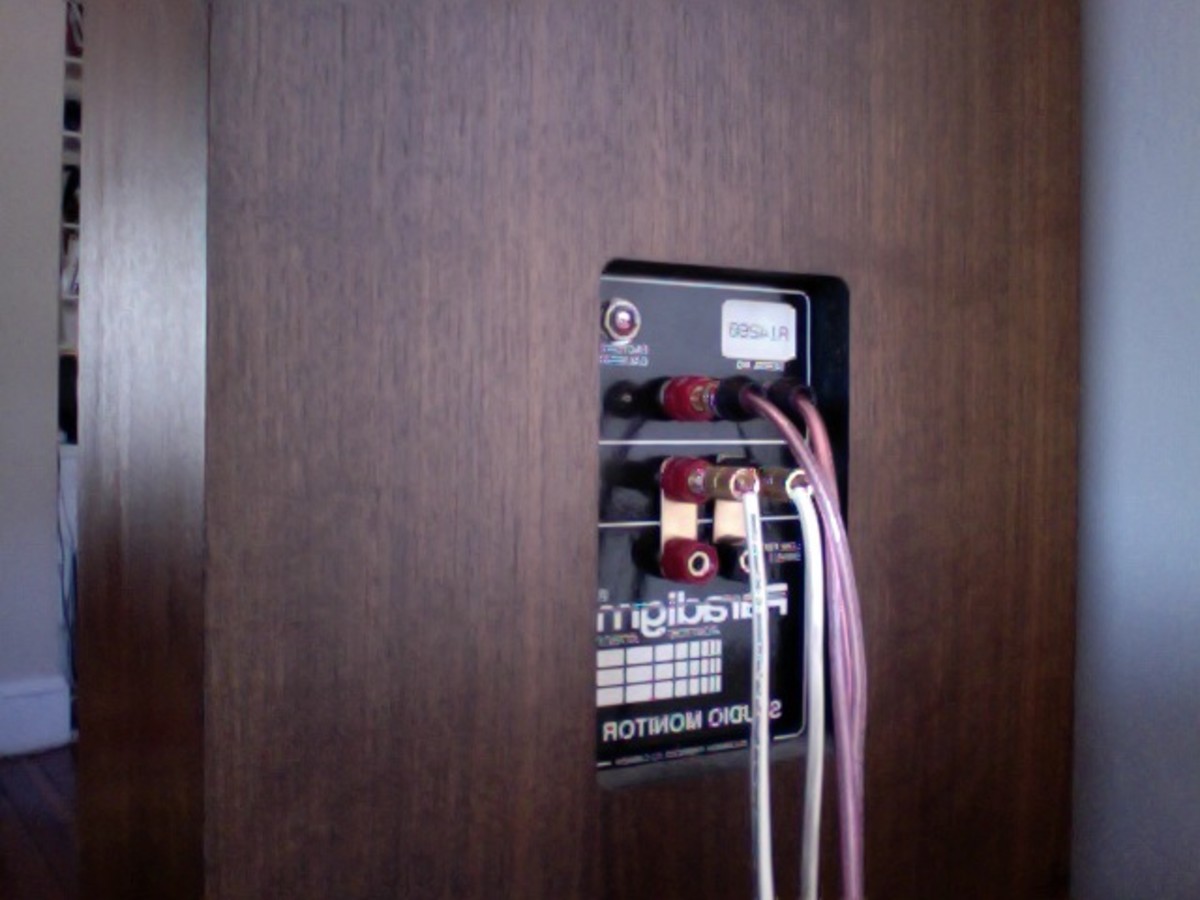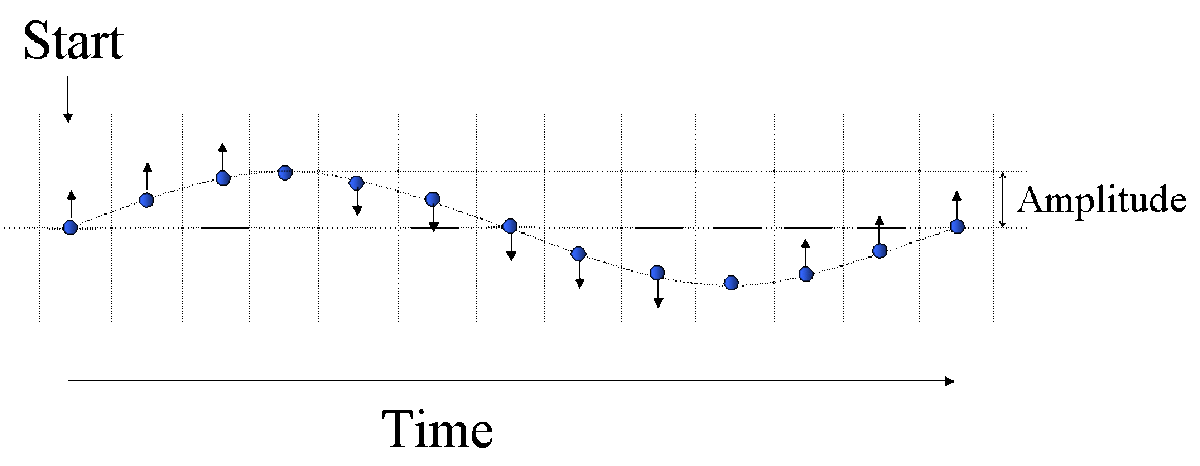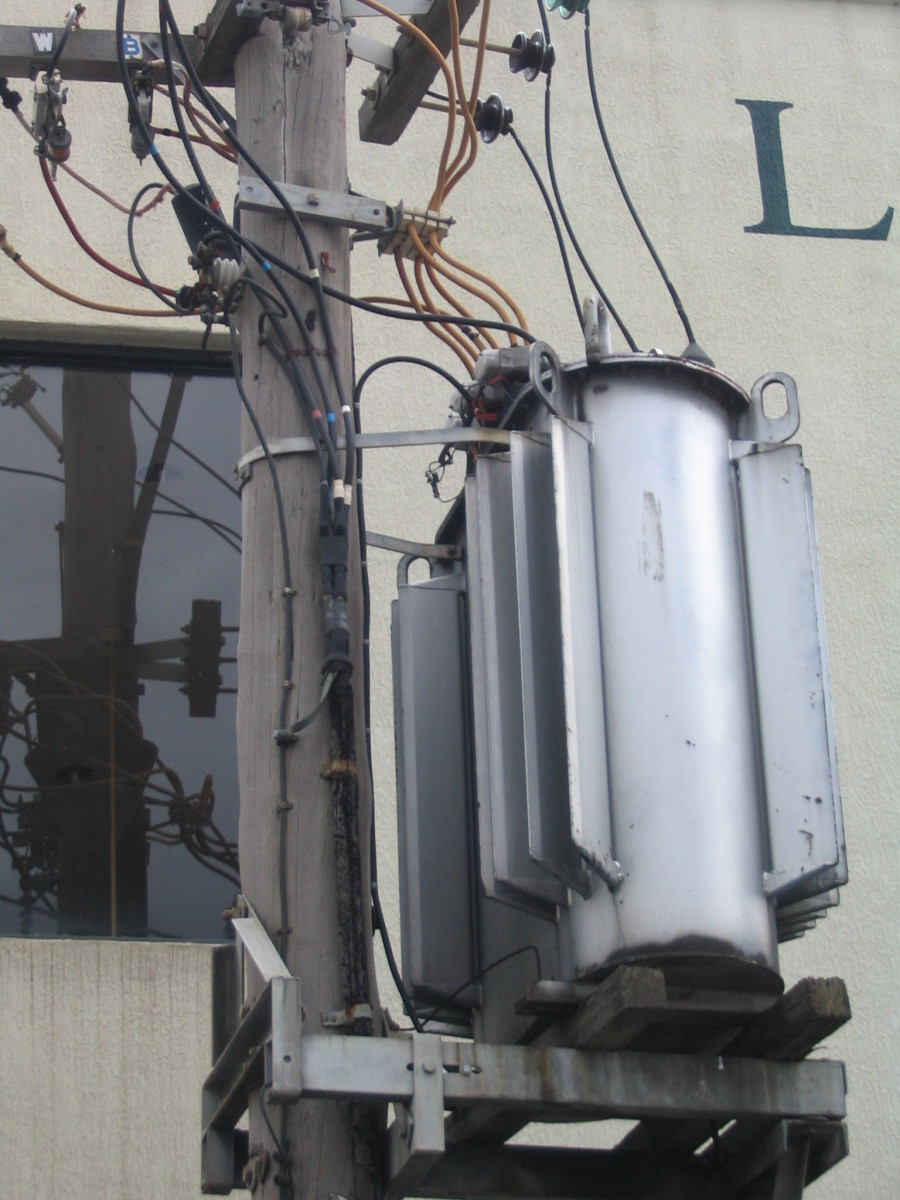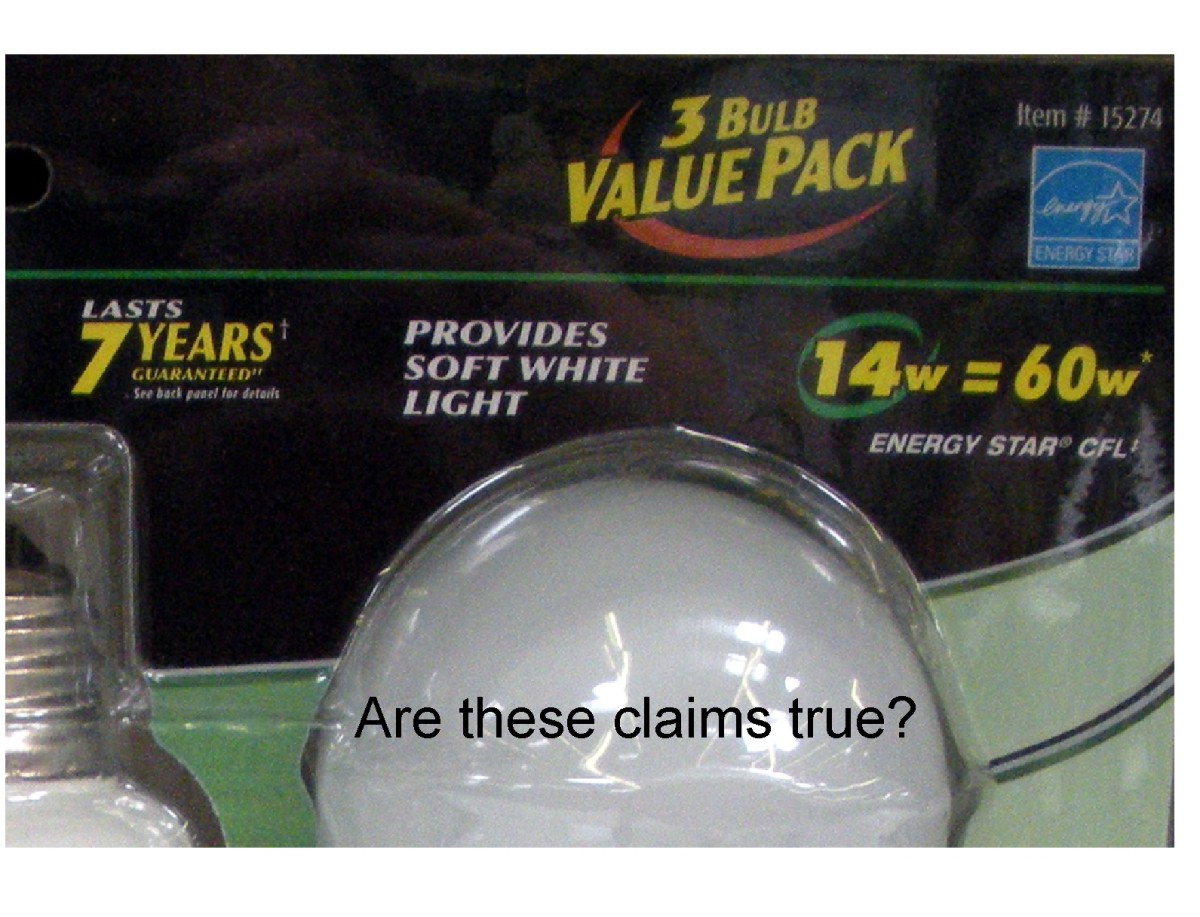The Over-Specification of Variable Frequency Drives
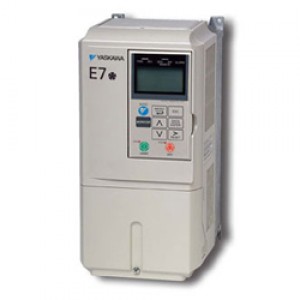
Introduction
Variable frequency drives (aka variable speed drives, aka adjustable speed drives) are an integral part of nearly every HVAC design that includes a pump or a fan; which is essentially every design these days, and for good reason. These small devices can control the speed of a three phase induction motor and deliver outstanding energy savings as well as improve the performance and controllability of the system; thus improving overall comfort. Where things begin to go awry with VFDs is when the design engineer specifies every possible option to be included (as well as some options that don't even exist) without any idea if there is a benefit to the client. The biggest reason for all these options is the morbid fear of "harmonic distortion." The utility companies, through the use of the standard they created, IEEE-519, have unintentionally created a culture of misinformation and fear to the unsuspecting consulting engineer. This is not to say the consulting engineer is a victim, but rather also complicit in the millions or billions of extra dollars unnecessarily spent on VFD "add-ons" and options every year across the country.
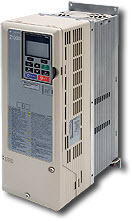
How are Drive Harmonics Created?
The type of variable frequency drive used in the HVAC industry today are called PWM drives or pulse-width-modulation. The incoming AC power is rectified to DC power then "inverted" by controlling a series of pulses from diodes to create a waveform that the induction motor sees as a 3-phase sine wave. The width and polarity of the pulses are controlled by the logic of the drive controller to adjust the voltage and frequency of the output sine wave. In an overly simplified explanation, the sine wave that is created is not perfectly smooth. In fact, it more resembles a square wave than a sine wave. The inductance in the motor coils averages the rapid voltage changes and "smooths" the waveform. Unfortunately, the AC line does not have the same effect. The stray voltage and current from the PWM waveform creates the harmonic distortion on the AC line.
Facilities with "Legit" Harmonics Concerns
In most cases, most building owners and operators will not have to deal with harmonic distortion. Owners/operators of certain buildings are inherently more sensitive to harmonics and should be properly analyzed. Some of these buildings are:
- Hospitals
- MRI Clinics
- Laboratories
- Computer Data Centers
- Hi Tech Manufacturing
- Industrial sites with no load other than VFD driven motors
It's no guarantee that special care will be needed in these buildings but it's worth the extra time to analyze the electrical system.
Possible Problems with High Harmonic Distortion
First off, in over 95% of buildings with VFDs installed, the facility will not have any problems or concerns with their harmonic distortion levels. However, in extreme cases, microprocessor based equipment can malfunction, lights can flicker (especially with electronic ballasts), overheating of the neutral conductors, transformer and induction motors, failure with power factor correction capacitors (if present), nuisance tripping of breakers and a few other possibilities that are too rare to name. Sounds bad but these are extreme cases, and having designed and sold systems with VFDs for over 15 years, I have not seen a single instance of any of these problems.
IEEE-519: Then and Now
The Standard IEEE-519 (IEEE Guide for Harmonic Control and Reactive Compensation of Static Power Converters) was originally written in 1981 and focused primarily on voltage distortion. Extremely high levels of voltage distortion have been found to cause "flat-topping" of power system voltage waveforms resulting in sensitive electronics becoming confused and malfunctioning. Essentially, the standard identified maximum total harmonic voltage distortion (THDv) levels that can be present in the electrical distribution system without harm to these sensitive electronics. In 1992, the standard was re-written. It became IEEE Recommended Practices and Requirements for Harmonic Control in Electrical Power Systems. This new standard focused more on total harmonic current distortion (THD1) than voltage distortion. The utility companies found that high levels of current distortion can pass through the step-down transformers and onto the utility's distribution system. In extreme cases, it can affect neighboring buildings. THD1 also causes excess heat in the distribution transformers and power feeder cables that the utilities generally own. This heat is power that the utility must generate but cannot sell as it does not make it to the customer. The standard was written primarily to prevent the utility companies from reducing this wasted power and protect their other customers. It really has no bearing on the design and operation of the facility from the owner's perspective.
Acceptable Levels of TDD (IEEE-519/1992)
Short Circuit Ratio (SSR)
| TDD
|
|---|---|
<20
| 5.0%
|
20<50
| 8.0%
|
50<100
| 12.0%
|
100<1000
| 15.0%
|
>1000
| 20.0%
|
Misapplication of IEEE-519
There are several reasons that this standard is misapplied. For one, there really is no other standard that consulting engineers can use when designing the electrical distribution system in regards to acceptable levels of harmonic distortion. Rather than leave it to chance, consulting engineers have adopted IEEE-519 for the facility side of the distribution system rather than the utility side. The primary misunderstanding or misuse of this standard is the definition of the point of common coupling (PCC). IEEE-519 defines it as the point between the nonlinear and other loads. When looking at it from the facility side of the power system, it would seem to be the secondary side of the power distribution transformer. This is the point that most consulting engineers are using. Now remember that this standard was written by the utility companies to protect their equipment and revenues on the utility distribution side. The point of common coupling that the utility is concerned with (and that IEEE-519 is referring to) is the primary side of the utility's substation transformer (13.8 kv side). That is considerably different than the point being used by consulting engineers. Harmonic analysis calculations are being performed with the PCC defined inside the building and the results are showing high levels of harmonic distortion. Engineers are specifying millions of dollars of harmonic mitigation equipment based on these flawed calculations. Furthermore, the levels of allowable harmonic distortion vary depending on the distribution system's short circuit ratio (SSR). The harmonic distortion based on these ratios can be as high as 20%. Some consulting engineers have taken their specification to the extreme and specified the total demand distortion (TDD) to be 5% or lower regardless of SSR measured at the drive input terminals. This essentially means that the most expensive method of harmonic mitigation is the only method that will meet their spec (and only accomplish spending more of their clients' money).
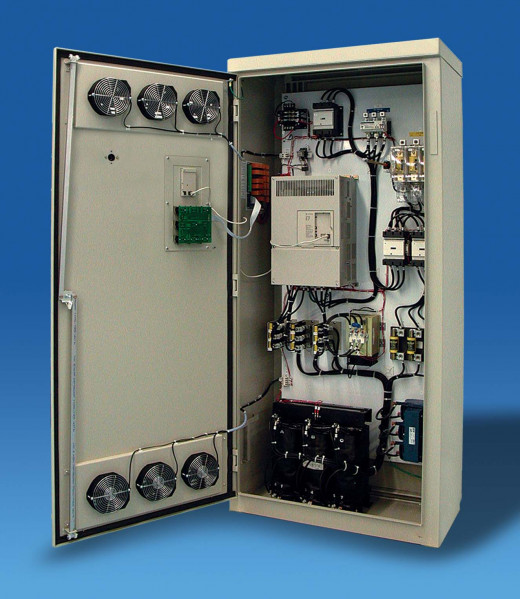
Random Notes:
- Modern PWM type drives create far less distortion than previous generation drives and solved harmonic distortion problems for many facilities.
- Harmonic trap filters tuned to the specific drive can offer close to the same harmonic mitigation performance as 18-pulse drives at a fraction of the cost and in a much smaller package.
- Harmonic measurements at the drive input terminals is a meaningless measurement because it doesn't allow for mitigation from the system impedance or the canceling out effect of the linear load also on the system.
- In the Boston area, NStar and National Grid are the largest power suppliers. Both offer rebate programs for installing VFDs but require AC Input Line Reactors. Although not as effective at mitigating harmonics as DC bus Reactors and more expensive, it is worth the extra money to specify these reactors to qualify for the rebate. The rebates are worth more than the added cost of the AC Input Line Reactors (I've been told by a National Grid employee that National Grid and NStar are the only 2 utility companies in the US with this requirement attached to their rebates. Please comment below and let me know if utility companies in other parts of the US also have this requirement).
Harmonic Mitigation Techniques
There are various methods to mitigating harmonic distortion. These range from very simple and inexpensive to very expensive and complicated. The simplest method is to add system impedance. All the cabling and transformers add impedance but additional impedance can be added with line reactors and DC bus reactors. These are inexpensive options and with many manufacturers, these are built-in to the drive. The Z1000 series of HVAC drives manufactured by Yaskawa Electric America includes a 5% impedance reactor built-in to the drive as standard. The next level of improvement is adding broad band or passive harmonic filters. These filters can be installed at the facility level, switchboard level or in each drive individually. In retrofit applications, this can be a good option because an entire group of existing drives can be handled with a single filter. The most expensive option is 12-pulse or 18-pulse drives. These work to reduce harmonics in 2 ways. First, the waveform generated from the drive uses 12 or 18 pulses rather than 6 pulses so the waveform is closer to the ideal sine wave than the 6 pulse. Additionally, phase shifting transformers move the remaining harmonic distortion to different harmonic levels that have less of an effect on the system. These systems can easily be 2-4 times more expensive than the equivalent 6 pulse drive and are considerably larger. They are often referred to as "refrigerator sized" drives.
Ideally, a harmonic analysis should be performed on the system with the correct PCC and in the rare occasion that additional harmonic mitigation is required, appropriate measures should be applied either to the entire system (via harmonic filtering) or starting with the largest drives and working down toward the smallest (larger horsepower drives naturally create higher levels of harmonic distortion). Assuming all drives have the DC bus reactor built-in, start with adding AC input line reactors for additional impedance then re-run the calculations. If that is not successful, add harmonic trap filters to the larger drives and re-run until the TDD is within limits.
Not many engineers do this. Instead, most engineers take a prescriptive approach to harmonic distortion. Their specifications will require all drives over a certain horsepower to be 18 pulse. Sometimes, as small as 25 or 30 horsepower and larger. Other engineers leave it far more vague. Instead, their specification will state, "VFDs shall meet IEEE-519" without any further explanation of the methodology for the analysis or acceptable methods of mitigation.
Rare Case Needing 18-Pulse Drives
There are some applications that genuinely do need 18-pulse drives. These may be extremely rare but they do exist. In general, applications with a very high percentage of drive load as compared to total load may need to use 18 pulse drives. One example of such an application is a pump station for city water or sewer. The station may have several 300 to 500 horsepower pumps with VFDs and only a small space heater, PLC controller and computer to operate the station. The harmonic distortion created from 6 pulse drives in this application will likely create a condition where neighboring buildings will be affected. These drives should be designed as 18-pulse.
Recommendations from the Author
First off, there are very few applications that really need any kind of harmonic mitigation beyond the DC bus reactor built-in to most modern drives. Even in facilities with sensitive equipment (as shown above in the sidebar), there are ways around using 18-pulse drives. Follow a few precautions and the client can save a significant amount of money with no exposure to risk:
- Perform harmonic calculations with the PCC defined as the primary side of the distribution transformer. If the facility has multiple transformers, this will prevent any harmonics from migrating through the transformers to other systems.
- Separate sensitive equipment onto different transformers from the HVAC equipment. The cost of this is nowhere near the cost of using 18 pulse drives in place of 6 pulse.
- Keep drive loads even across multiple transformers. Too much drive load on a single transformer can result in higher harmonic distortion. Linear load helps offset harmonic distortion within the same system.
- Load distributions transformers to 70% capacity or lower. Current distortion will dissipate as heat in the transformer so keeping the load low will prevent overheating.
Follows these steps and additional mitigation shouldn't be needed. Don't believe me? Go to www.yaskawa.com and download a free copy of their harmonic distortion analyzer. Run the calculations using the software and switch the PCC from the primary to the secondary side of the transformer and see what it does to the results. You'll be amazed.

